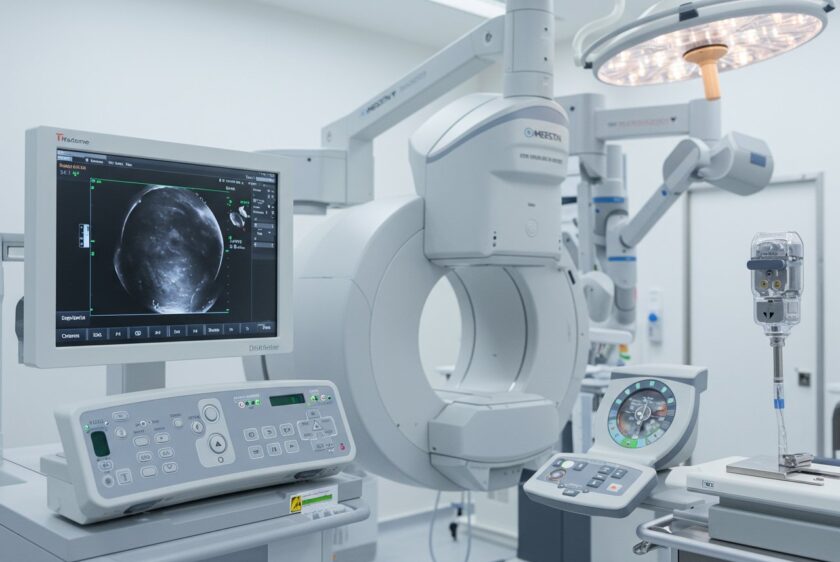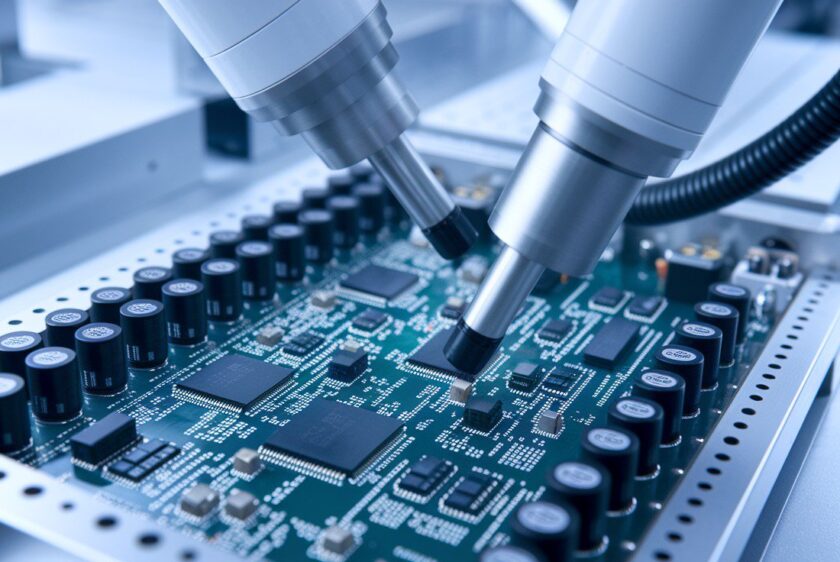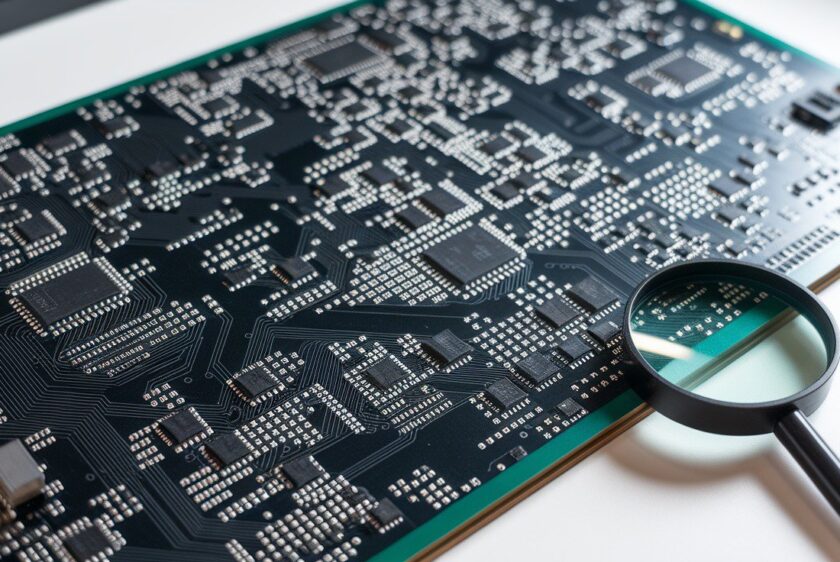
A Step-by-Step Guide for Startups and OEMs Bringing High-Reliability Medical Devices to Market
When developing electronics for medical devices, wearables, diagnostic tools, surgical systems, or life science applications, FDA compliance isn't optional—it’s fundamental for safety and health. Your electronics manufacturing services (EMS) partner should not only understand FDA regulations but also proactively drive compliance from day one.
But here's the hard reality many teams overlook:
Partnering with a U.S.-based EMS doesn’t automatically guarantee FDA readiness.
Your partner might offer compelling benefits—speed, pricing, certifications, and turnkey electronic manufacturing services—but unless they specialize in FDA-regulated builds, you’ll face endless cycles chasing documentation and reworking submissions.
This guide walks you step-by-step to ensure your FDA-bound electronics are built audit-ready, not just assembly-ready.
Step 1: Clearly Define Your Regulatory Path
Understand your device classification and submission requirements clearly before production:
- Classify Your Device: Is your product Class I, II, or III? Will your submission be a 510(k), De Novo, or PMA? Are you also targeting CE mark or MDR approval?
- Map Your QMS: Your Quality Management System must align with:
ISO 13485
FDA 21 CFR Part 820
Comprehensive Design Controls (DHF, DMR, DHR)
CAPA, NCR, and robust audit readiness
If your EMS isn't ISO 13485 certified, find another partner immediately.
Step 2: Select a Specialized EMS Built for FDA-Regulated Manufacturing
Many U.S. manufacturers excel at general production but struggle with medical-specific compliance.
Your EMS must demonstrate:
- Active ISO 13485 certification
- Proven FDA audit and 510(k) submission support
- IPC Class 3 workmanship as a baseline
- Comprehensive traceability (serial numbers, operators, lots)
- Secure control of designs, firmware, and revisions
At EST, every system and process supports FDA compliance—from prototype through production—offering:
- Detailed Device History Records (DHR) tracking
- Dedicated, controlled production areas
- Strategic alignment with medical-specific test protocols and global provider standards
- ITAR/EAR compliance and segregation
Step 3: Implement Traceability from Prototype to Production
Traceability isn't just for the production phase. Start immediately:
- Apply robust version control across schematics, BOMs, firmware, and testing protocols
- Maintain detailed serialization records even for early builds
Every iteration should add to your Design History File (DHF)—the cornerstone of your FDA submission.
Step 4: Commit to IPC Class 3 Standards—Every Time
FDA scrutiny demands the highest workmanship standards available:
- IPC Class 3 ensures reliability under rigorous operational stresses
- Fewer reworks, comprehensive inspections, and smoother audits
At EST, Class 3 isn’t a "special request"—it's our standard for every FDA-regulated build.
Step 5: Develop an FDA-Aligned Test Strategy Early
Early testing aligns with final verification and validation (V&V):
- Integrate testing points for functional and in-circuit tests
- Ensure test data aligns with final V&V criteria
At EST, we proactively design testing protocols matching your FDA submission requirements from early stages, ensuring devices meet safety and health standards.
Step 6: Document Every Build as FDA Submission Evidence
Even small-scale prototypes need meticulous documentation:
- Complete Device Master Records (DMR)
- Individual Device History Records (DHR)
- Conformance certificates and materials declarations (RoHS, REACH, UL)
- Operator logs, inspection reports, and comprehensive lot traceability
Solid documentation simplifies regulatory review and prevents submission delays in performance critical applications.
Step 7: Master Change Management from Day One
Design changes without proper documentation delay FDA approval:
- Run a structured ECO process with clear approval trails
- Record reasons, impact assessments, updated documentation, and new test records
Your EMS partner must manage and integrate change management directly into your quality records.
Step 8: Plan for Long-Term Scalability
Your current design likely mirrors your future market-ready product. Ask critical scalability questions early:
- Can your EMS seamlessly scale without changing teams or locations?
- Do they maintain documentation continuity throughout growth?
EST offers a seamless transition from prototyping through high-volume production, ensuring continuity and compliance at every stage.
The Results of Strategic EMS Partnership
Partnering correctly means:
- Efficient design transfers
- Submission-ready prototypes from the start
- Reduced rework and expedited audits
- Reliable documentation and traceability
- A true regulatory co-pilot, not just an assembler
Final Insight: The FDA Values Documentation, Not Speed
Rapid innovation and methodical compliance must coexist. Your Series A should focus on innovation, not backtracking compliance issues.
EST partners with startups and OEMs to ensure every electronic build meets FDA expectations from inception. We’re not just assembling electronics—we’re building confidence and regulatory readiness into every unit.
Because when patient lives depend on your devices, commitment to compliance must never be an afterthought.








